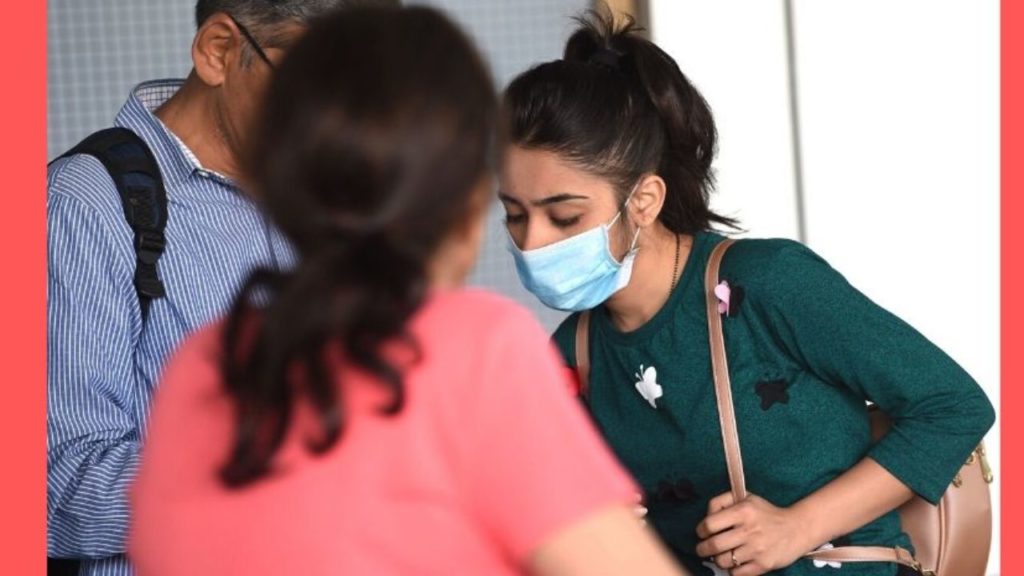Offices Shouldn’t Be Closed If Any Employee Has Coronavirus: Guidelines On Workplaces Issued

Offices Shouldn’t Be Closed If Any Employee Has Coronavirus: Guidelines On Workplaces Issued
On May 18, the Ministry of Health and Family Welfare released a document highlighting the prevention and response measures to be observed to contain the spread of COVID-19 in workplace settings.
The Need For Guidelines on Preventive Measures at Your Workplace!
Offices and other workplaces operate in a closed setting. They have a ton of shared spaces like corridors, elevators and stairs, cafeteria, meeting rooms and conference halls wherein the COVID-19 infection can spread relatively fast among officials, staff and visitors.
If there are large numbers of contacts from a pre-symptomatic/asymptomatic case, there could be a possibility of a cluster emerging in a workplace setting. Large clusters can emerge due to a closed setting environment.
The ministry stated in the document, “Thus there is a need to prevent importation of infection in workplace settings and to respond in a timely and effective manner in case a suspect case of COVID-19 is detected in these settings so as to limit the spread of infection.”
Read to find out more about the guidelines…
Guidelines on Preventive Measures in a Workplace Setting!
- Maintain physical distancing of at least 1 meter or 3 feet.
- Mandatory use of face covers or masks.
- Practise frequent hand-washing for at least 40-60 seconds even when hands are not visibly dirty and use of alcohol-based hand sanitizers.
- Cover your mouth and nose while coughing or sneezing with a tissue, handkerchief or flexed elbow and disposing of used tissues properly should be strictly followed besides self-monitoring of health by all and reporting any illness at the earliest.
- Despite taking the measures, occurrence COVID-19 infection among the employees working in the office cannot be ruled out. Hence, any staff reportedly suffering from a flu-like illness should not attend office and seek medical advice from local health authorities.
- If such a sick person is diagnosed as a suspect or confirmed case of COVID-19, he/she should immediately inform office authorities.
- If one or two cases are reported, disinfection procedures will be limited to places/areas visited by the patient in the past 48 hrs. There is no need to close the entire office building/halt work in other areas of the office and work can be resumed after disinfection as per laid down protocol.
- When one or a few persons who share a room or close office space are found to be suffering from symptoms suggestive of COVID-19, the ill person should be placed in a room or area where they are isolated from others at the workplace and should be provided a mask or face cover till such time he/she is examined by a doctor.
- Central or state health authorities concerned should be reported about such cases and a risk assessment will be undertaken by the designated public health authority. Accordingly, further advice shall be made regarding the management of a case, his/her contacts and need for disinfection.
- If a suspected case reports very mild or mild symptoms on an assessment by the health authorities, the person would be placed in home isolation, subject to fulfilment of criteria laid down by the Health ministry.
- The rapid response team of the district concerned shall take over and will undertake the listing of contacts. The necessary actions for contact tracing and disinfection of the workplace will start once the test report of the patient is received as positive.
- Any staff requesting home quarantine based on the containment zone activities in their residential areas should be permitted to work from home. Department of Personnel and Training (DoPT) guidelines with respect to organizing meetings, coordinating visitors shall be diligently followed.
- Contacts are those who have been exposed to a confirmed COVID-19 case anytime between 2 days prior to onset of symptoms and the date of isolation or maximum 14 days after the onset of symptoms.
- High-risk contacts are those who have touched body fluids of the patient, had direct physical contact with the patient, including physical examination without PPE, touched or cleaned the linens or dishes of the patient and was in close proximity (within 1 meter) of the confirmed case without precautions and travelled in same environment but not having a high-risk exposure. The high-risk exposure contacts will be quarantined for 14 days and they will follow the guidelines on home quarantine and undergo testing as per Indian Council of Medical Research (ICMR) protocol.
- Meanwhile, low-risk exposure contacts shall continue to work and closely monitor their health for the next 14 days.
- In case of an outbreak after the building is evacuated, all staff will work from home till the building is adequately disinfected and is declared fit for re-occupation.
- In case of large clusters, the essential principles of risk assessment, isolation and quarantine of contacts, case referral and management will remain the same. However, the scale of arrangements will be higher.

Comments are closed, but trackbacks and pingbacks are open.